Remove, Science, Stormwater System Design & Maintenance
6.1 Estimate and communicate annual nutrient loads from stormwater Key Message: Robust, long-term monitoring and modeling programs that account for surface and subsurface runoff, streamflow, and the composition of nitrogen species (organic and inorganic) are essential...
Remove, Science, Stormwater System Design & Maintenance
6.2 Quantify costs and effectiveness of stormwater best management practices Key Message: Stormwater Best Management Practices (BMPs) can capture and treat nutrient-laden runoff before it enters waterbodies, with varying degrees of efficiency. Where large-scale...
Policy, Remove, Stormwater System Design & Maintenance
6.3 Encourage implementation of green infrastructure and resiliency in site plans of new and redevelopment Key Message: New state and local stormwater policies now require development and redevelopment projects to better protect water quality. These updated...
Policy, Remove, Stormwater System Design & Maintenance
6.4 Adopt or update local ordinances to provide guidelines for stormwater pond management Key Message: Stormwater ponds and canals must be maintained to retain their nutrient removal efficiency, yet many lack consistent, long-term maintenance. Local ordinances can...


Recent Comments